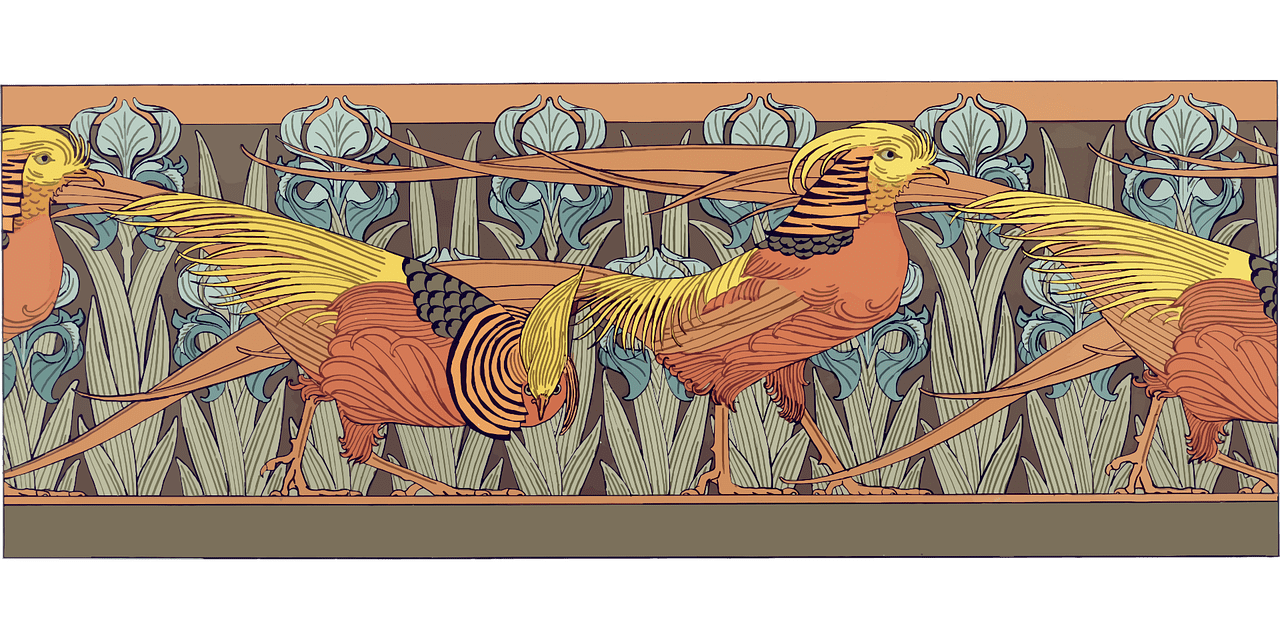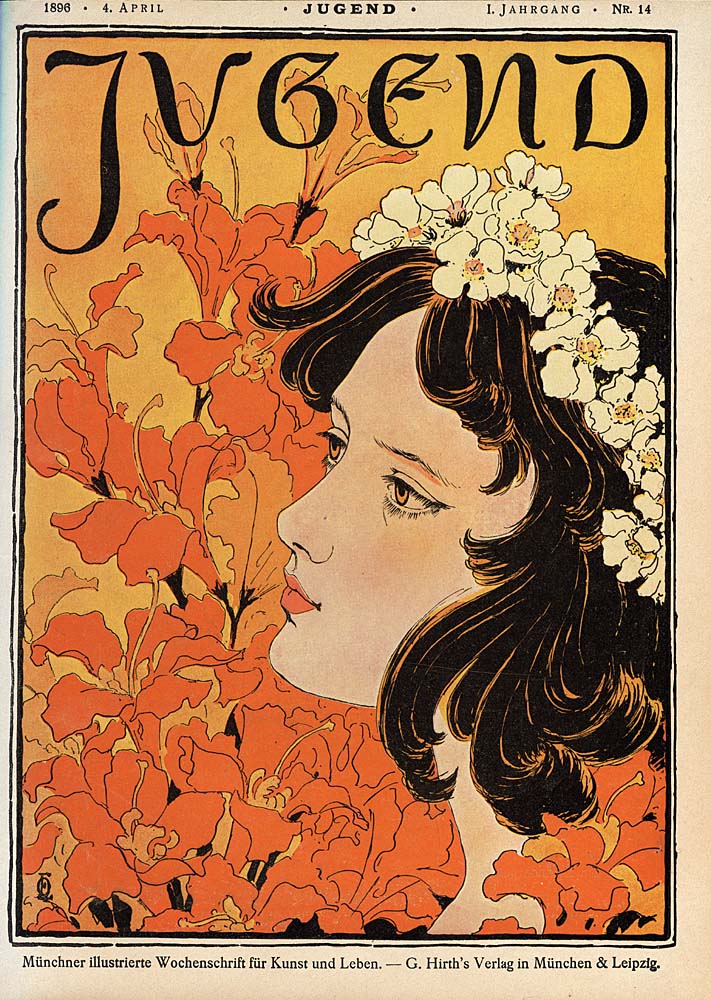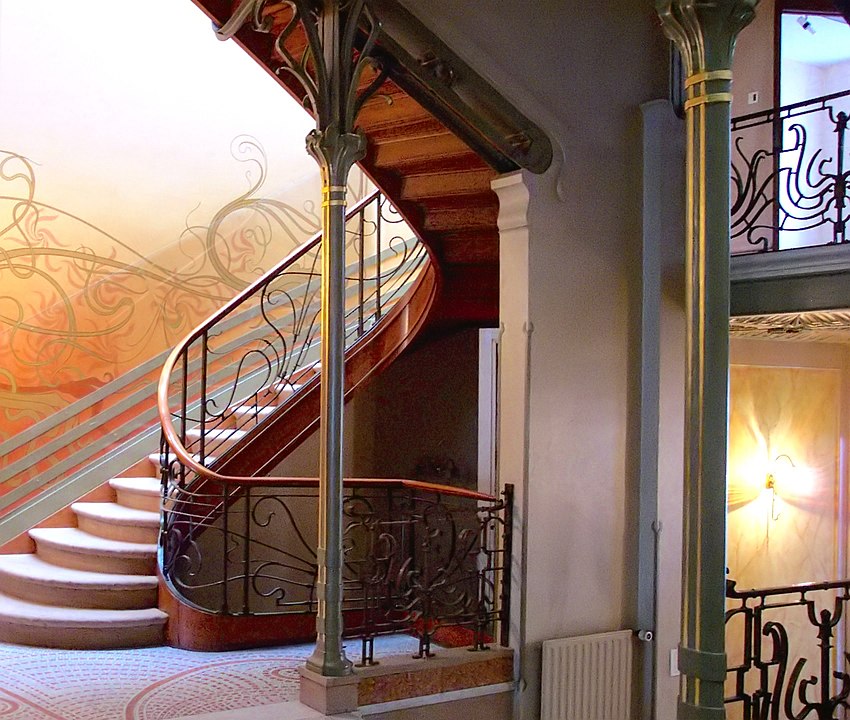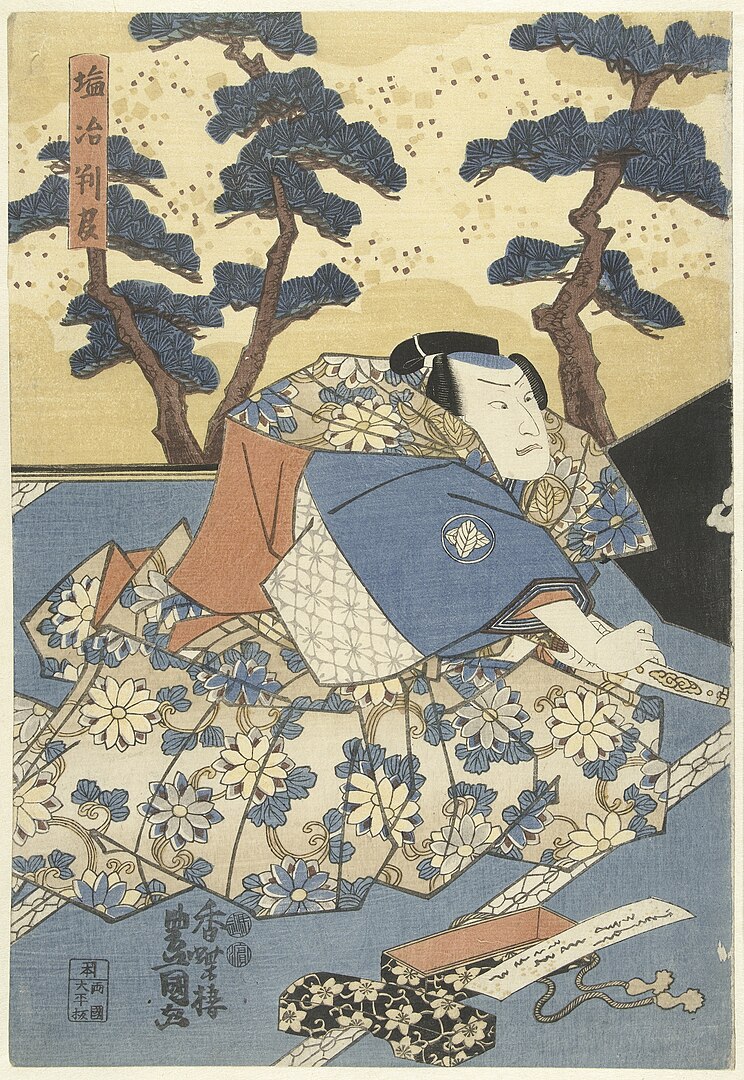Art Nouveau architecture, a style that blossomed at the turn of the 20th century, represents a significant departure from the traditional architectural designs of its time. Characterized by its organic shapes, intricate details, and a harmonious blend with the natural environment, this style has managed to captivate admirers for over a century. But what exactly makes Art Nouveau timeless? Here we will delve deep into the essence of Art Nouveau architecture, unraveling the layers of its historical context, distinctive features, emotional impact, and enduring legacy.
Let’s start…
Historical Context and Origins
The Birth of a New Style
As the 19th century drew to a close, the world was on the cusp of monumental change. The Industrial Revolution had transformed societies, economies, and landscapes. Amidst this backdrop of rapid industrialization and social transformation, a distinctive artistic style began to surface, challenging the established norms and conventions of the time. Art Nouveau, or “new art,” emerged as a bold statement against the historical eclecticism and rigid formalism that dominated the architectural scene of the era.
A Cultural Shift
The genesis of Art Nouveau was not just an architectural or artistic phenomenon; it was a reflection of a broader cultural shift. Society was yearning for novelty, for ways to express the new sensibilities and perspectives that were emerging. This period saw a burgeoning appreciation for craftsmanship, a renewed interest in the decorative arts, and a quest to harmonize art with the rhythms of modern life.
Influences and Inspirations
Art Nouveau did not evolve in a vacuum. It was the product of rich, interconnected cultural and artistic influences that converged to shape its unique aesthetic. The movement drew inspiration from a variety of sources, including the organic forms of nature, the flowing lines of Japanese art, and the intricate patterns of Gothic architecture. It was also influenced by contemporary artistic movements, notably Symbolism, which emphasized emotion and subjectivity, and the Arts and Crafts movement, which championed craftsmanship and the beauty of handmade objects.
Key Characteristics of Art Nouveau Architecture
Embrace of Organic Forms
Art Nouveau marked a radical departure from the rigid, geometric structures that characterized much of 19th-century architecture. Instead, it embraced an aesthetic inspired by the natural world, with buildings featuring asymmetrical shapes, curves reminiscent of plant stems, and intricate floral motifs. This emphasis on organic forms was not merely aesthetic; it reflected a philosophical alignment with nature, aiming to create structures that appeared to grow and evolve just like living organisms.
Innovations in Design and Material
The period of Art Nouveau was a time of technological advancement, and architects of the movement were keen to explore the potential of new materials and construction techniques. Iron and glass, materials born from the Industrial Revolution, were used extensively and creatively, allowing for structures with large, open interiors and a sense of weightlessness and fluidity. This was a marked contrast to the heavy, load-bearing walls of earlier architectural styles, demonstrating how Art Nouveau was at the forefront of modern engineering and design.
Detail and Craftsmanship
In Art Nouveau architecture, no detail was too small to deserve attention. Architects collaborated closely with artisans and craftsmen, ensuring that every element, from the door handles and stair railings to the window frames and tilework, was a work of art in itself. This holistic approach to design ensured that Art Nouveau buildings were not just structures but comprehensive works of art, with every component harmoniously integrated into the overall design.
Art Nouveau’s Integration with Other Artistic Movements
A Convergence of Creative Spirits
Art Nouveau did not exist in isolation but was rather a convergence of multiple artistic and cultural movements of the time. Its emergence was a reflection of a broader, more eclectic zeitgeist that sought to redefine the relationship between art, architecture, and everyday life. By intertwining with movements such as Symbolism and the Arts and Crafts movement, Art Nouveau became a melting pot of ideas, each contributing to the richness and depth of this distinctive style.
Symbiosis with Symbolism
Symbolism, with its emphasis on emotion, mysticism, and the expression of ideas through symbols, had a profound influence on Art Nouveau. Architects and designers of the Art Nouveau period embraced Symbolist tendencies, infusing their works with a sense of mystery and depth. This was evident in the use of intricate, symbolic motifs and the creation of spaces that were not just physically but also emotionally and intellectually engaging. The result was a style that went beyond the visual, offering multi-layered experiences that resonated with the viewers on a deeper level.
The Arts and Crafts Movement: A Shared Vision
The Arts and Crafts movement, with its emphasis on craftsmanship, the beauty of materials, and the importance of art in everyday life, shared many principles with Art Nouveau. Both movements reacted against the industrialization of the late 19th century, advocating for a return to handcrafted artistry and a closer relationship between the artist, the object, and the user. This synergy between Art Nouveau and the Arts and Crafts movement fostered an environment where creativity flourished, leading to the creation of works that were not only visually stunning but also rich in meaning and craftsmanship.
Psychological and Emotional Impact
Architecture with a Soul
Art Nouveau architecture transcends mere structural design, touching the realms of psychology and emotion. Its creators did not intend for their buildings to be passive structures but rather living entities that interact with their inhabitants and observers. The organic forms, harmonious lines, and natural motifs characteristic of Art Nouveau resonate deeply with the human psyche, fostering a sense of well-being and a profound emotional response.
Harmony with Nature
One of the most distinctive features of Art Nouveau architecture is its integration with nature, not just in its decorative elements but also in its overall ethos. The flowing lines and floral motifs are not mere stylistic choices; they reflect a deeper desire to align human spaces with the natural world. This harmony between the built environment and nature has a calming effect, offering a tranquil oasis amidst the hustle and bustle of modern life.
An Emotional Journey
Entering an Art Nouveau building is often likened to embarking on an emotional journey. The intricate details, the interplay of light and shadow, and the seamless integration of art and architecture engage the senses and the intellect. The buildings are designed to be experienced, to evoke curiosity, and to elicit a sense of wonder and delight. This emotional engagement is a testament to the visionary approach of Art Nouveau architects, who saw their work not just as constructing spaces but as creating experiences.
A Reflection of Human Aspirations
Art Nouveau architecture is more than a collection of design principles; it is a reflection of human aspirations and ideals. The emphasis on beauty, craftsmanship, and the integration of art into everyday life speaks to a universal longing for a more harmonious existence. It represents a quest to elevate the mundane, to infuse daily life with beauty and meaning, and to create spaces that uplift the human spirit.
Conclusion
Art Nouveau architecture, with its organic contours, intricate details, and harmonious integration with nature, stands as a testament to the ingenuity and vision of its creators. As we journey through the meandering lines and captivating forms of this unique style, it becomes clear that Art Nouveau is more than an architectural movement; it is an enduring symbol of the human desire to blend creativity, nature, and everyday life into a cohesive and enchanting whole.
In its ambitious fusion of various artistic movements, its innovative use of new materials and technologies, and its profound emotional and psychological impact, Art Nouveau transcends the era of its inception. It remains a vibrant and inspiring testament to the power of human creativity and imagination. As we look back on this enchanting style, we are reminded of the limitless possibilities of art and architecture, and of their enduring capacity to enhance, enrich, and elevate our experience of the world around us.
Art Nouveau architecture captivates with its organic forms and intricate details, embodying a departure from traditional design much like the work of Frank Lloyd Wright. ‘What Made Frank Lloyd Wright a Revolutionary Architect?’ explores the innovative principles Wright applied, highlighting his impact on architecture that, similar to Art Nouveau, continues to inspire for its visionary approach.





